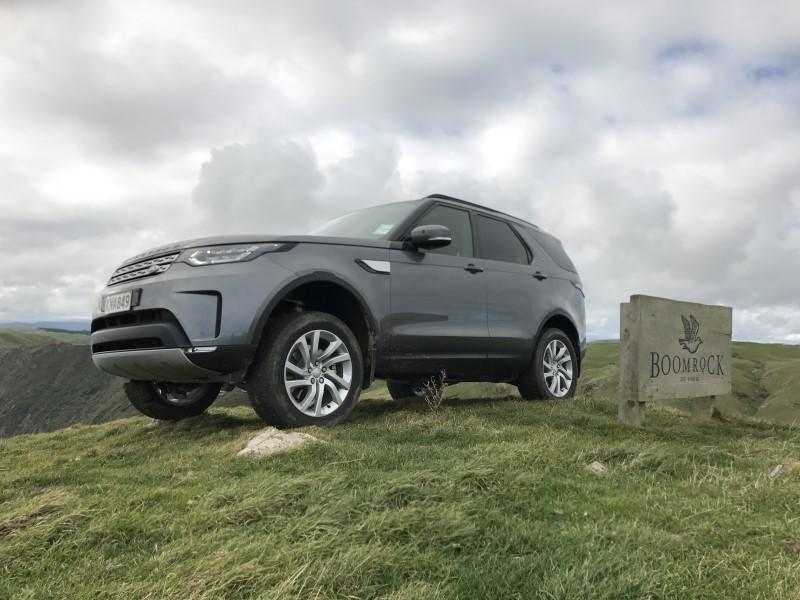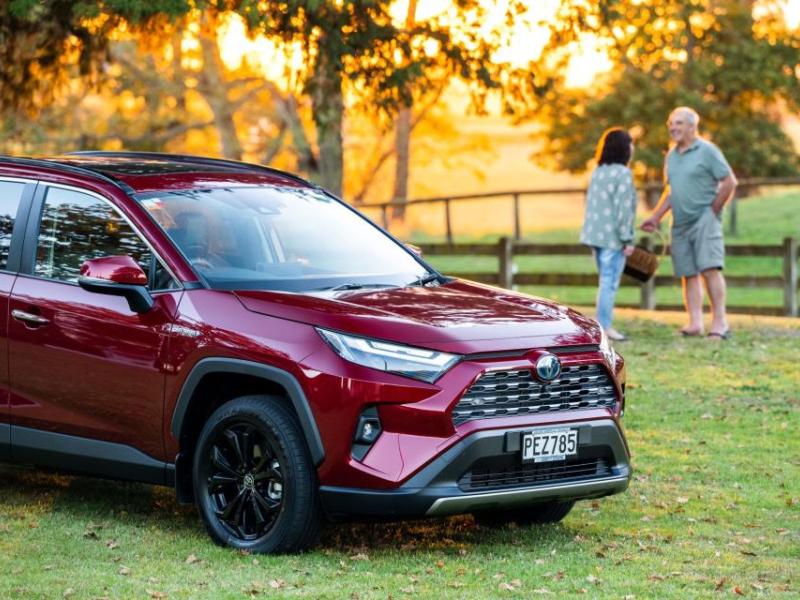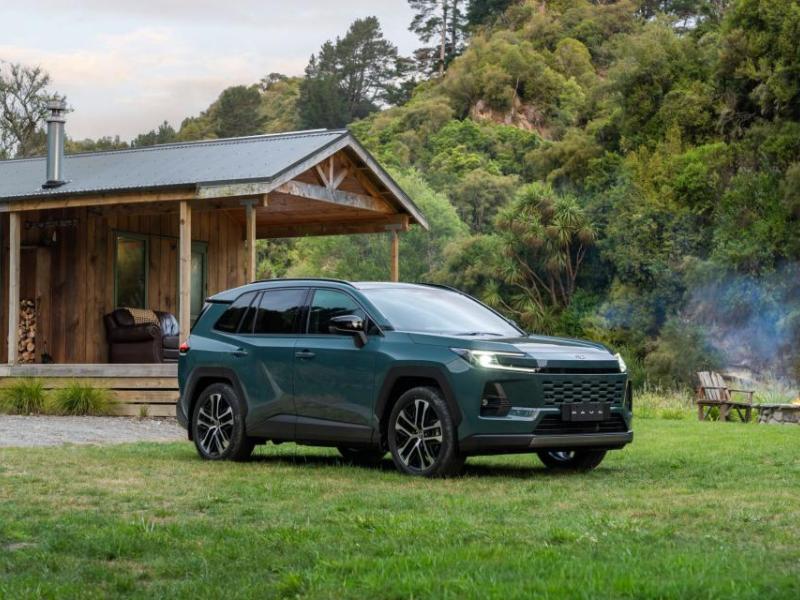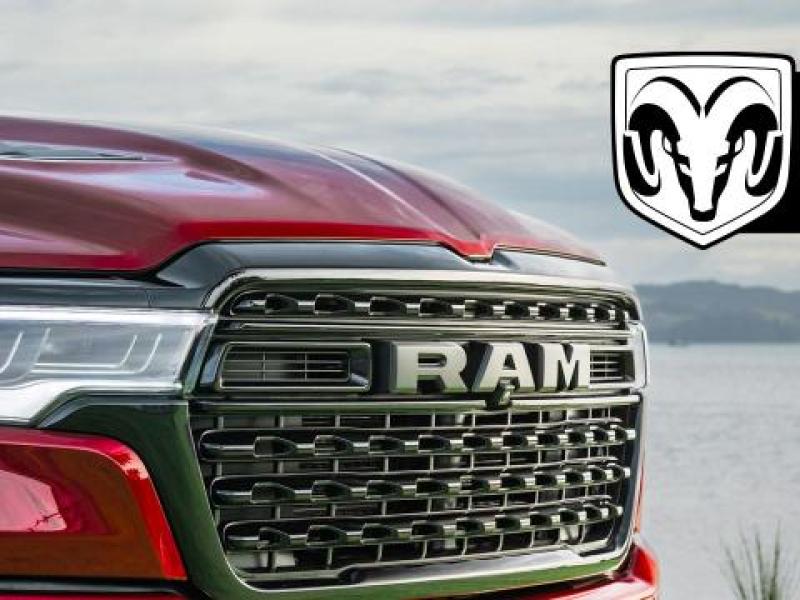Hi-tech off-road express or slick Euro SUV? Land-Rover’s new Discovery is a bit of both says NZ4WD’s Damien O’Carroll.
If there is one thing that is certain about Land Rover, it is that it is a company that is hampered by its remarkable heritage as much as it is helped by it.
Why is this? Well, while that illustrious history has it firmly jammed up there as one of the most respected, capable and downright adored off road vehicle manufacturers of all time, it also paints it into a rather tight metaphorical corner when it comes to facing a brave new future with actual modern vehicles.
Take the iconic Discovery, for example. It is much-loved (not by all, admittedly) and extremely capable off road. More current versions have added impressive on road abilities and luxury to the mix, but the company has never been able to move away from the remarkably aerodynamically inefficient upright, square design that has become a Discovery hallmark.
Needs must
Why would they want to do that? Well, apart from making it massively hard to reduce fuel consumption when your car is shaped like a small block of Soviet-era apartments, when your cars start boasting “retro” styling simply because they haven’t changed forever, something needs to be done.
And so it is that the all-new Discovery is a Discovery unlike any other that has come before it.
Originally a more comfortable, upmarket alternative to a Defender, the Discovery has of late become more of a ‘less Premier League Footballer-y alternative to a Range Rover’ as the Defender simply grew older and less relevant.
An Audi Q7 competitor
Which is probably why Land Rover are pitching this all new Discovery as an Audi Q7 competitor.
Yep, really, Land Rover consider the Audi Q7 as a key competitor, which almost automatically makes the BMW X5, Mercedes-Benz GLE and even the Porsche Cayenne competitors as well.
And if you are thinking that this puts the Discovery dangerously close to the Range Rover Sport in terms of segment, then you are very right indeed...
At launch the Discovery is only available in New Zealand with a choice of two 6-cylinder engines - a 190kW/600Nm TdV6 3.0-litre turbo diesel V6 and a 250kW/450Nm Si6 3.0-litre supercharged petrol V6.
Both engines are hooked up to an eight-speed ZF automatic transmission driving all four wheels through either a full-time AWD system or an optional two-speed transfer case.
While the 2.0-litre Ingenium four-cylinder engines aren't on the table yet, the company has said it would consider them if there is demand, and there would seem to be, so prepare yourself for the inevitable four-cylinder Discovery.
Bigger, beefier…
The new Discovery looks remarkably like a bigger, beefier Discovery Sport (that replaced the Freelander), which is rather unsurprising really, but it also moves the Discovery family styling even more uncomfortably close to that of the Range Rover family, which does seem a bit odd to us.
Still, that does make the Discovery a particularly handsome and striking vehicle, albeit one that comes across better in the metal than in photographs.
The first thing you notice about the new Discovery is its sheer size - it is a big vehicle, packing in a full seven seats, all of which Land Rover says are “95th percentile” seats, meaning that 95 percent of adults can fit comfortably in the rear row.
And we have to say that this very much proved to be the case, as a number of different sized journalists tried it out on the launch (including all 185cm and 100kg of me) and found the third row to be easily accessible and comfortable. A fairly rare thing in modern seven seat SUVs.
All seven seats are remarkably configurable, electrically powered and able to be adjusted remotely by Land Rover’s new phone application. With the rear two rows folded down the Discovery boast a thoroughly massive 2,500 litres of cargo space as well.
Weight of expectation
While it doesn't have a Range Rover badge on its nose, there is a certain weight of expectation in terms of equipment and luxury that that name carries, and the Discovery certainly lives up to the expectation.
The interior is even more Range Rover-like and is beautifully put together with massively high quality materials used throughout.
The base SE model kicks off the new Discovery range at $114,900 (for either the petrol or diesel) and comes standard with 19-inch alloy wheels, automatic LED headlights, rain sensing wipers, leather 12-way adjustable electric heated front seats, dual zone climate control, an 8-inch touchscreen infotainment system with 10 speakers, LED interior mood lighting, a powered tailgate and a rear view camera.
The HSE drops next at $126,900 (again, petrol or diesel) and adds 20-inch alloy wheels, triple zone climate control, auto high beam assist, heated rear seats, a heated steering wheel, a heated windscreen and washer jets, a 10.2-inch touchscreen infotainment system, keyless entry, a powered inner tailgate, a surround camera system, rear seat USB charging ports and front fog lights.
Top ‘o the range
Topping out the range is the HSE Luxury at $136,900 for either engine variant. The HSE Luxury adds a different style of 20-inch alloy wheel, 16-way leather memory seats, a digital TV tuner, a tilt/slide front sunroof and a panoramic rear roof, a chilled front centre console, gesture operation for the tailgate, a Meridian 825W surround sound audio system, rear reading lights, premium carpet mats and chrome door handles.
Of course the Discovery also has a thoroughly massive options list that includes even bigger wheels, a Capability Plus Pack ($3,700) that adds advanced tow assist and a 360 degree parking aid, but also requires a tow bar.
Then there is the Drive Pro Pack ($2,400) that adds radar cruise control, emergency autonomous braking, lane keep assist and a driver monitor.
There are also a number of exterior design packs available.
What’ll she do, Mister?
So how does the new Discovery actually drive on - and more importantly, off - the road?
While we didn’t actually get a chance to drive the Disco on the road, it does sit on the same platform as the current Range Rover and Range Rover Sport, so we could say with relative confidence that it will be comfortable, assured and remarkably capable and agile for such a large vehicle.
We did, however, spend a few hours driving the Discovery around the rugged cliff tops of the Boomrock facility in Wellington.
On the easy dirt access roads the Discovery was everything we alluded to above, while the engines were both smooth, refined and massively torquey.
The petrol V6 has a nicely belligerent bellow to it when wound up, while the diesel is just nicely silky and refined everywhere.
Off-road prowess
As the terrain got progressively rougher the Discovery began to shine even more. It’s off road prowess is broad and exceptional and is made even more impressive by the utter lack of effort that it conveys at all times.
The new Discovery weighs around 260kg less (depending on the model) than the old one and while this improves fuel efficiency, it also pays off in the mud.
Add to this the Discovery’s 900mm wading depth, 34 degree approach, 27.5 degree ramp over and 30 degree departure angles, thoroughly excellent air suspension and terrain response system and you have a large, comfortable vehicle that serenely glided over the roughest stuff t Boomrock could throw at us. Admittedly, this wasn’t seriously hard-core stuff, but it is probably more than most buyers will ever do.
While the Discovery remains an extremely mechanically competent off roader, the electronics it packs take it to another level again, with one of the best hill descent control systems we have experienced.
So what didn’t we like? The biggest annoyance was access when the Discovery was up at full off road ride height (75m higher than standard). It was remarkably awkward to get into the front seats thanks to the fact that you were climbing up and then trying to get you head in past the steeply-raked windscreen.
Perhaps the old boxy shape was better after all?
To read every story in the August 2017 issue of NZ4WD go to Ziniocom (July 21) or purchase your own hard copy at the Adrenalin store.







